Mazda will put a new version of its 2.0-litre Skyactiv-X engine into production next year with the promise of up to 30% improvement in fuel consumption over the existing Skyactiv-G petrol.
That figure is said to be possible during low-speed driving, but the company claims that 20% is also possible in average real world driving scenarios. The target outputs for when the engine hits the market in 2019 is 187bhp and 170lb ft.
Development engines have been installed in six prototype cars comprising Mazda 3 bodies underpinned by the new Skyactiv architecture. The new Skyactiv-X engine relies on two technologies – lean burn combustion and compression ignition – to reduce fuel consumption and CO2 emissions while delivering good performance.
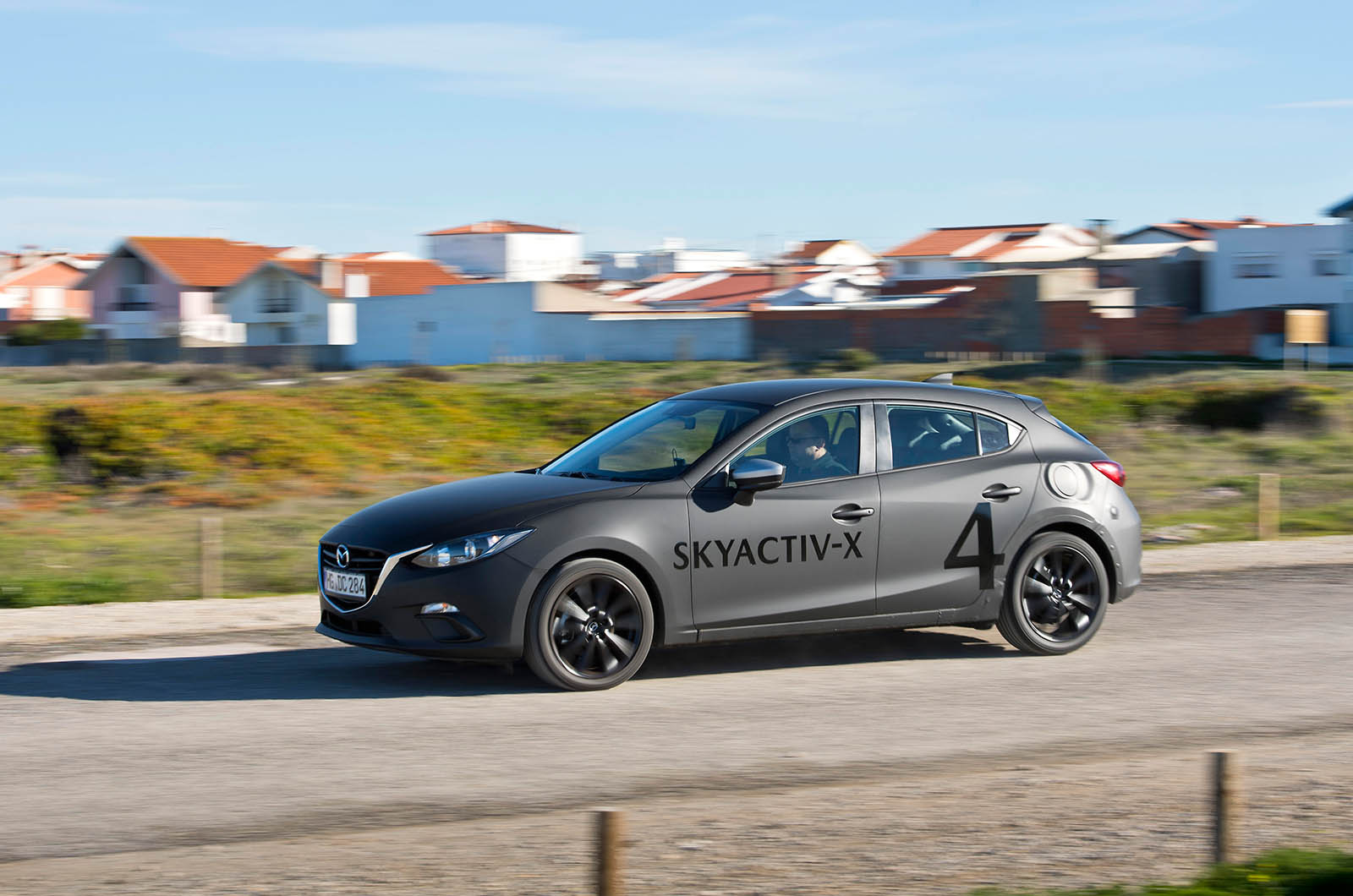
A conventional internal combustion engine mixes air with fuel at a ratio of 14.7:1, the perfect mixture to burn petrol in the cleanest possible way. Fuel is ignited by a spark inside the engine’s combustion chamber and burns progressively until it is used up in a split second. A leaner mixture can improve economy, but can be more difficult to ignite and leads to faltering combustion.
The Skyactiv-X technology successfully sidesteps those problems with spark-controlled compression ignition (SPCCI), which reliably ignites the entire lean air/fuel mixture of between 30:1 and 40:1 in one go. Extra air to feed the lean burn running is supplied by a small, belt-driven, Rootes-type air pump.
A higher-than-normal compression ratio of 16:1 produces almost enough pressure to combust the lean fuel-air mixture spontaneously, but not quite. That happens when a second dose of fuel is injected and fired by a spark to create a mini fireball. The extra pressure created by the fireball tips the simmering main charge over the edge and it ignites.

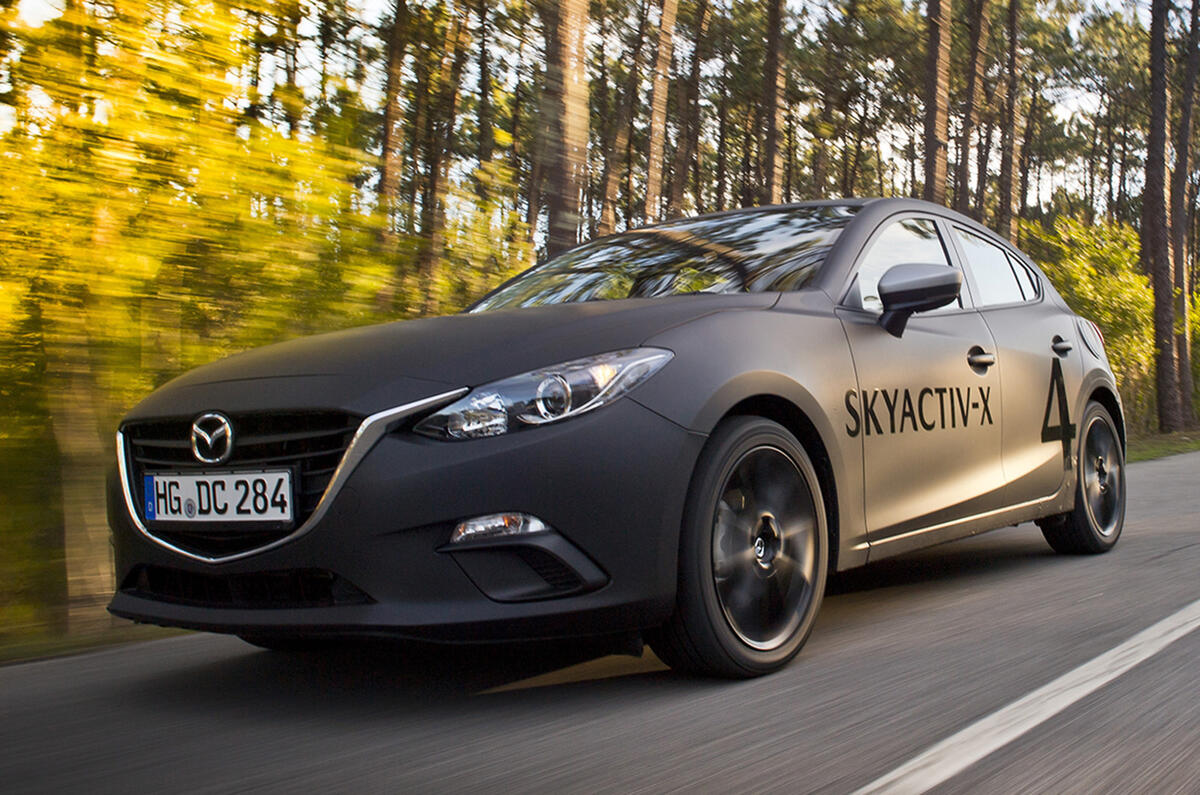
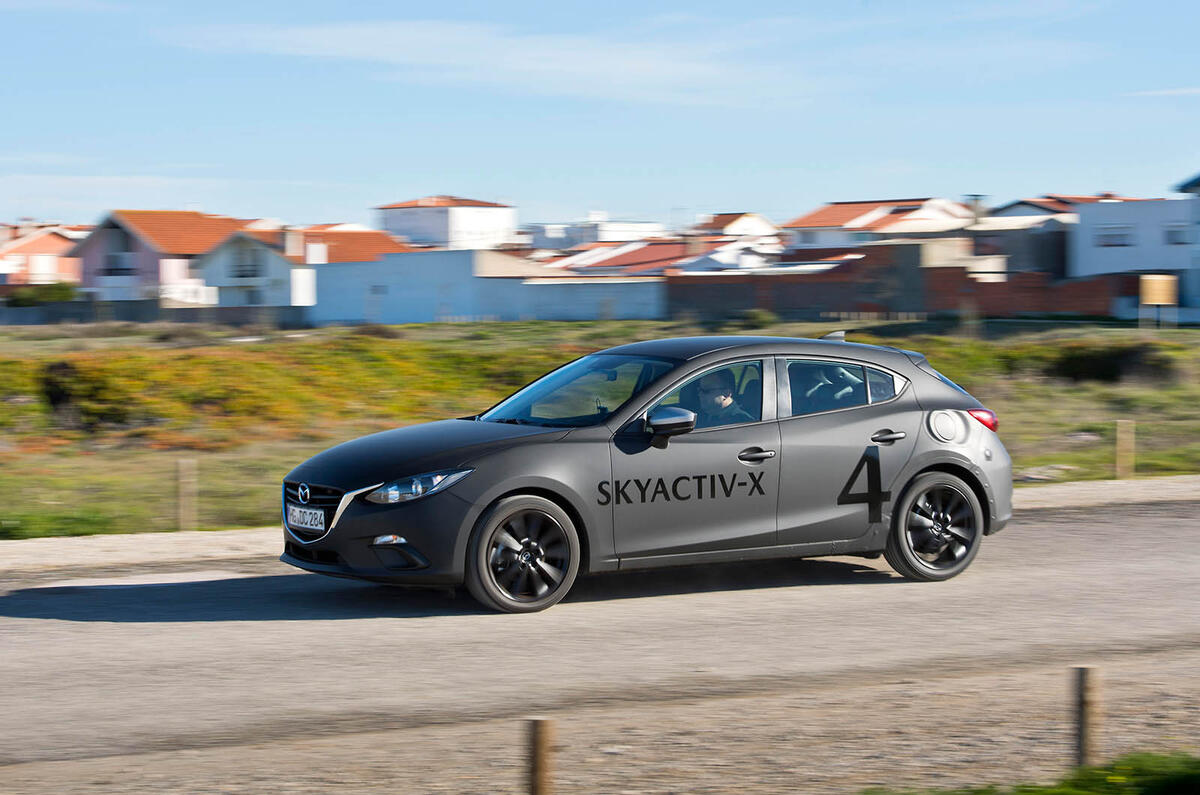
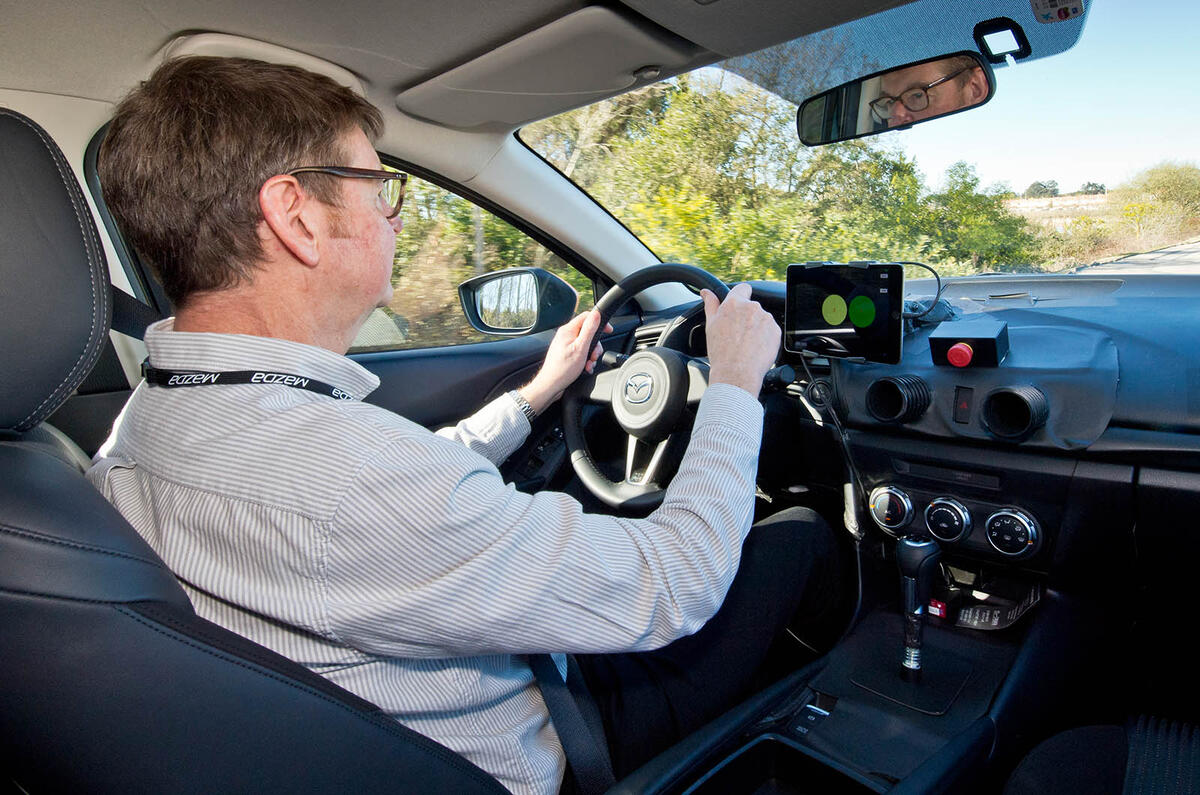
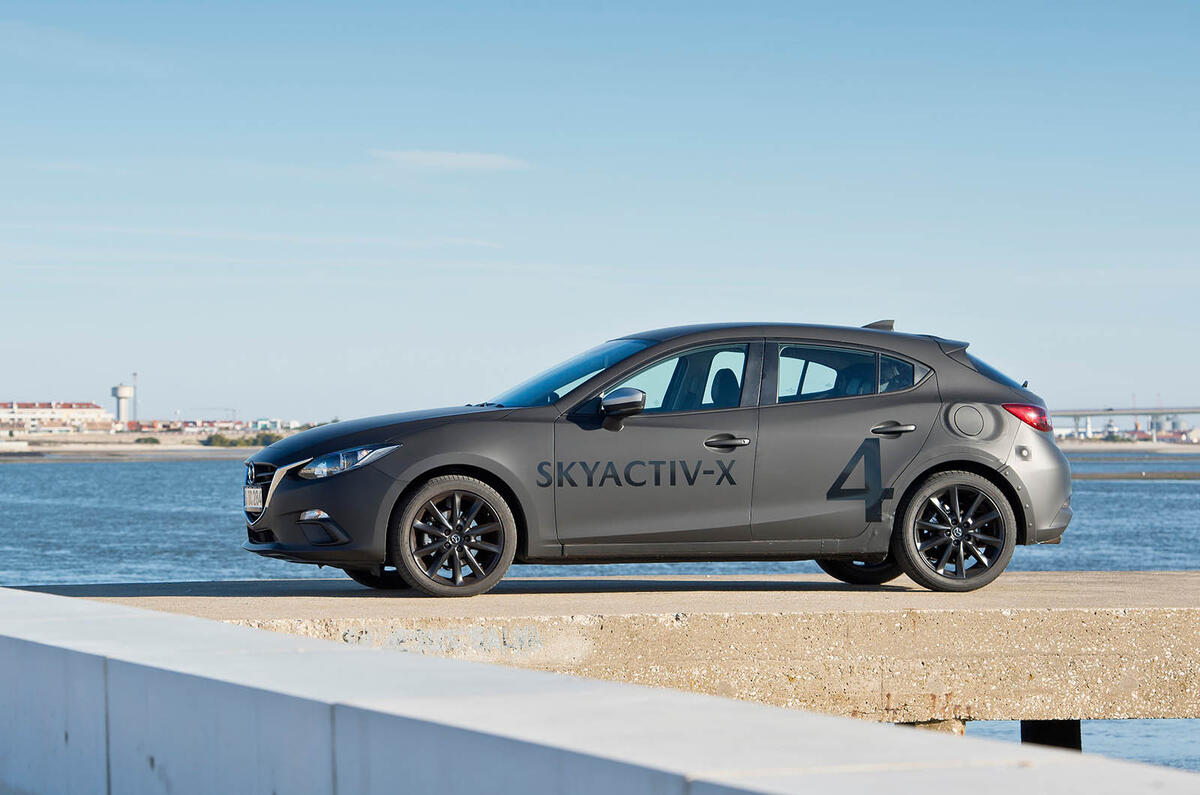
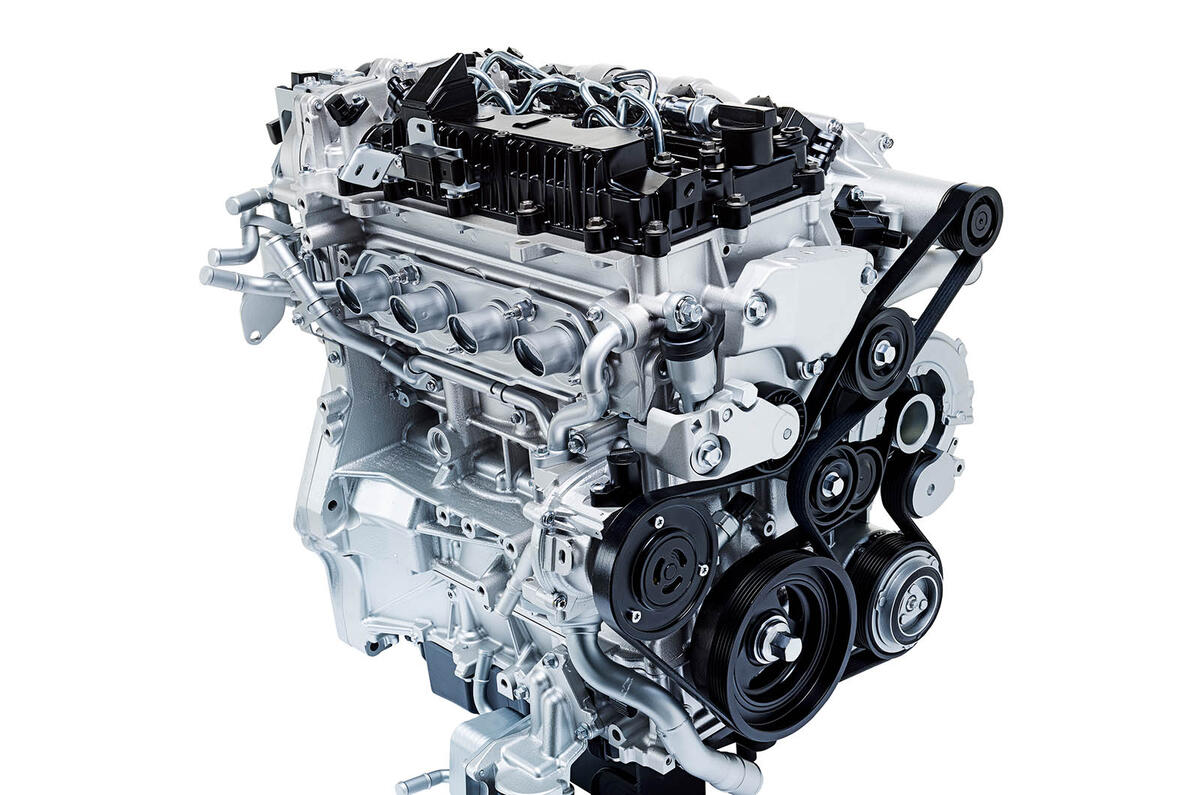
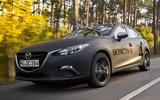



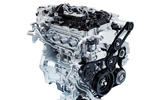

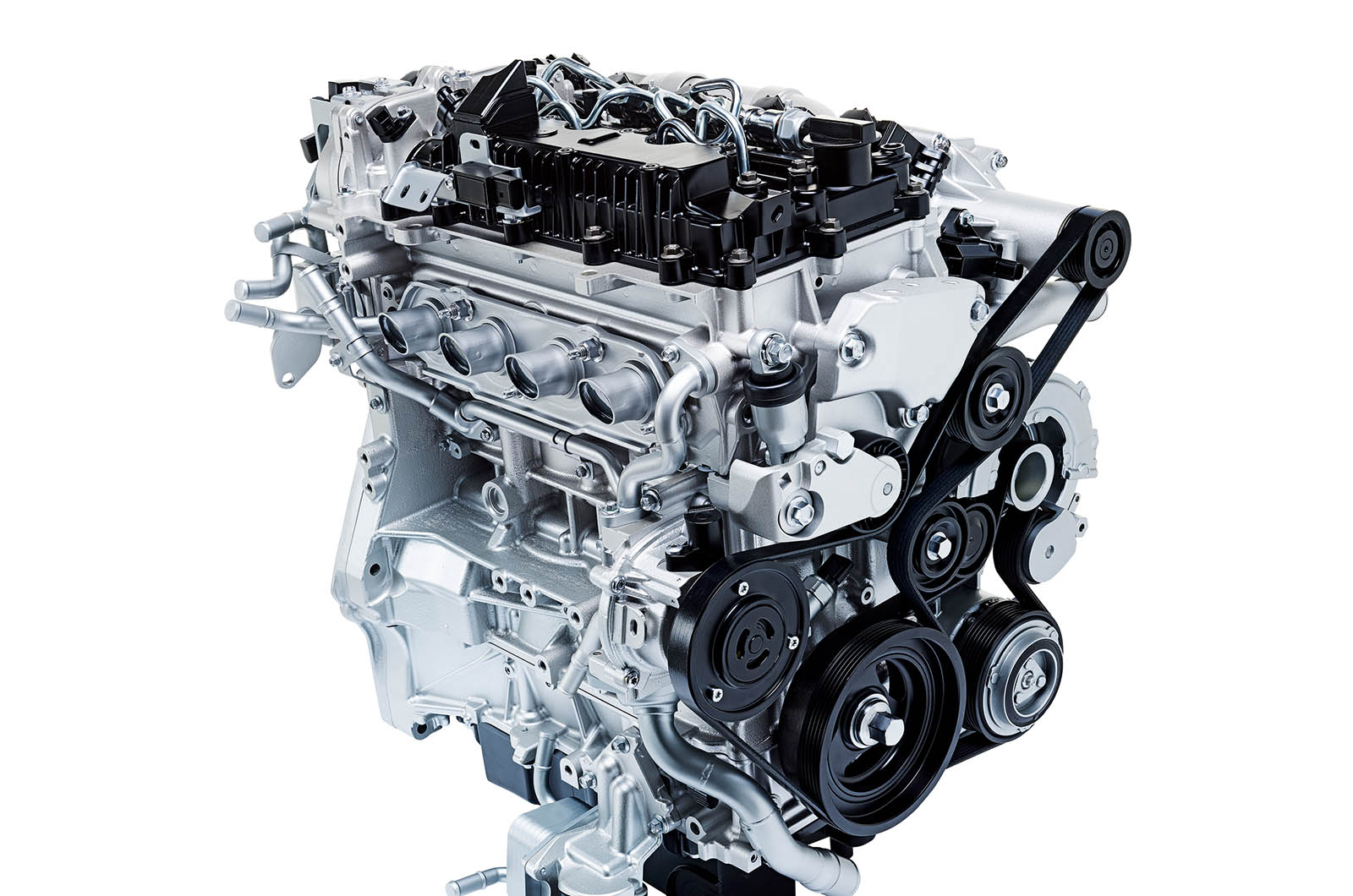
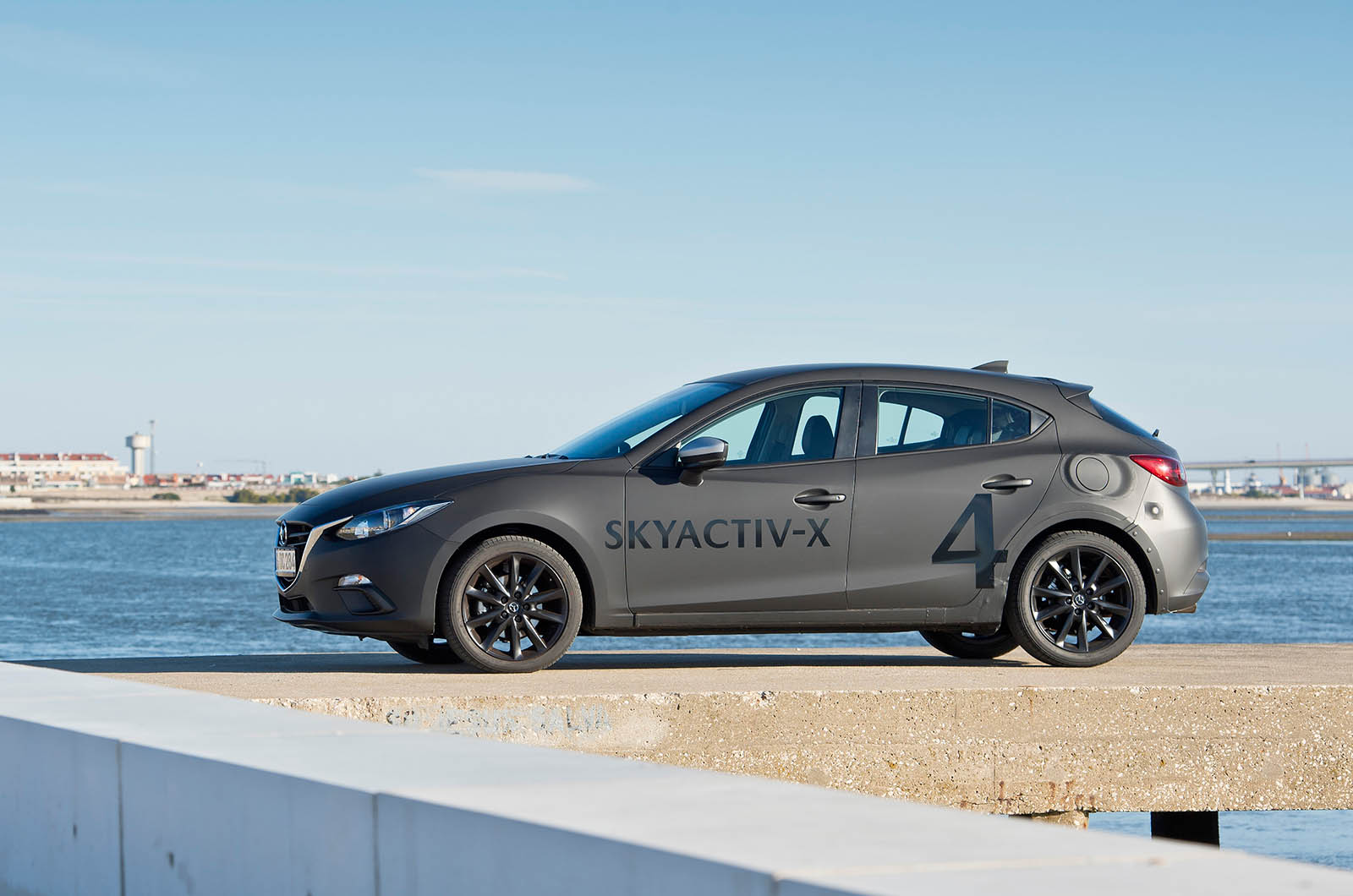
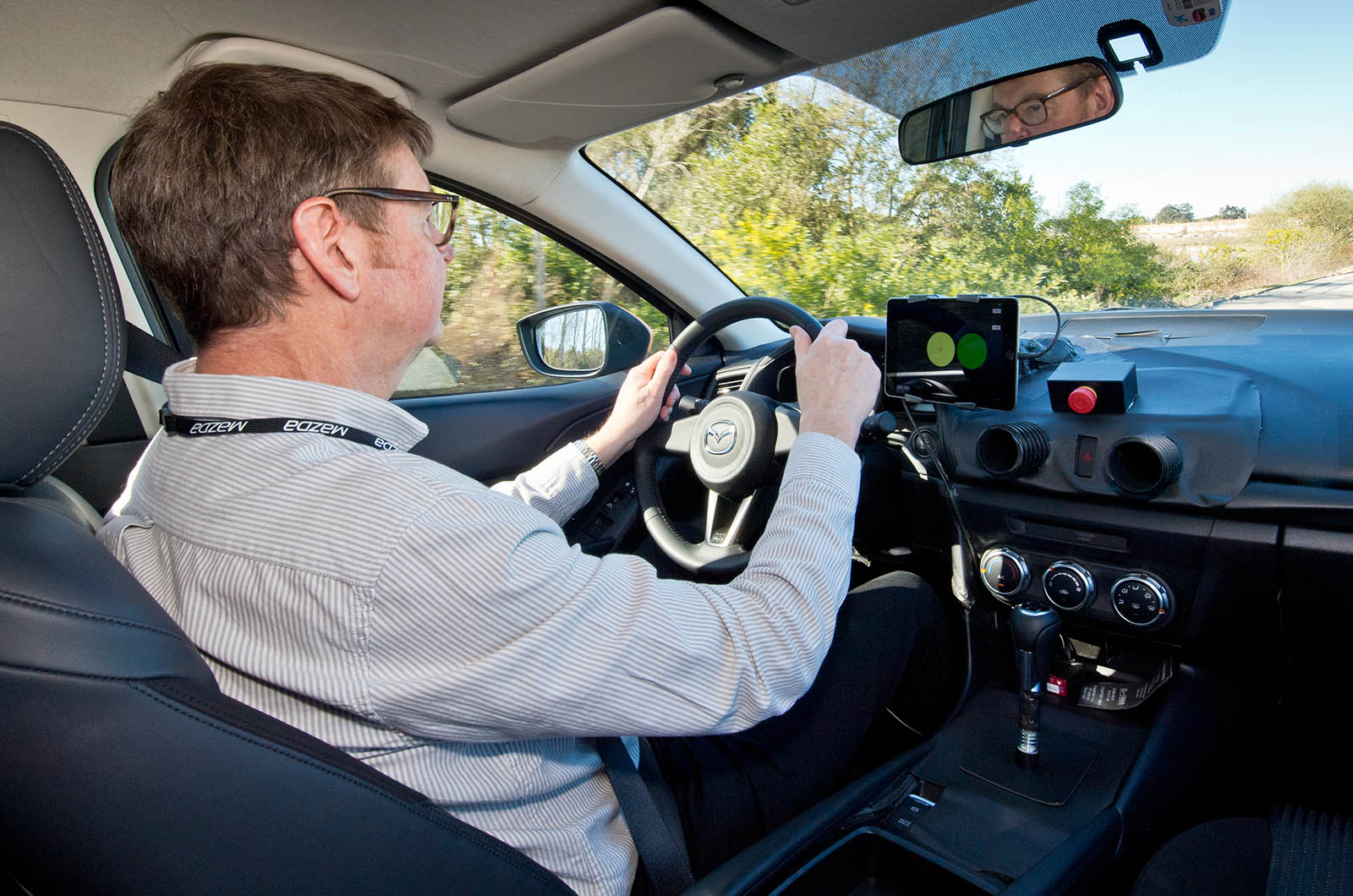

Join the debate
Add your comment
Electric great for City drivers and Europe but not for US
Due to long distances driven in the US we can utilize a high efficiency engine - however the constant drone about electric will not take hold on the US due to the vast distances we drive. I personally love electric vehicles - it's just that the range and time required for recharge completely kills the concept of Electric. Now if the answer becomes a universal battery pack that can we swapped out at present gas stations for a fully charged unit in a minute or two — then electric is on. However, the US cannot have 1-2 hour delays on highway charges for even the concept to work here. Hence - gas engines like the new Mazda will rein and electric will continue dying on the vine here. The battery packs MUST BE universal and the process highly monitored for this to even be presented again. The fixed battery option is a loser.
Not for US?
9 months on. Emmm Tesla seem to have sold quite well in the past 9 months since your post
Premium fuel uncharge is 30% as well
I haven’t seen the discussion of RON-Octane level — so can we assume this engine is running on 91+ Octane ? If so, this erases the cost gain of 30% improved efficiency when compared to 87 octane fuel (at least in the US the 87 is about 30% cheaper).
Premium fuel uncharge is 30% as well
I haven’t seen the discussion of RON-Octane level — so can we assume this engine is running on 91+ Octane ? If so, this erases the cost gain of 30% improved efficiency when compared to 87 octane fuel (at least in the US the 87 is about 30% cheaper).